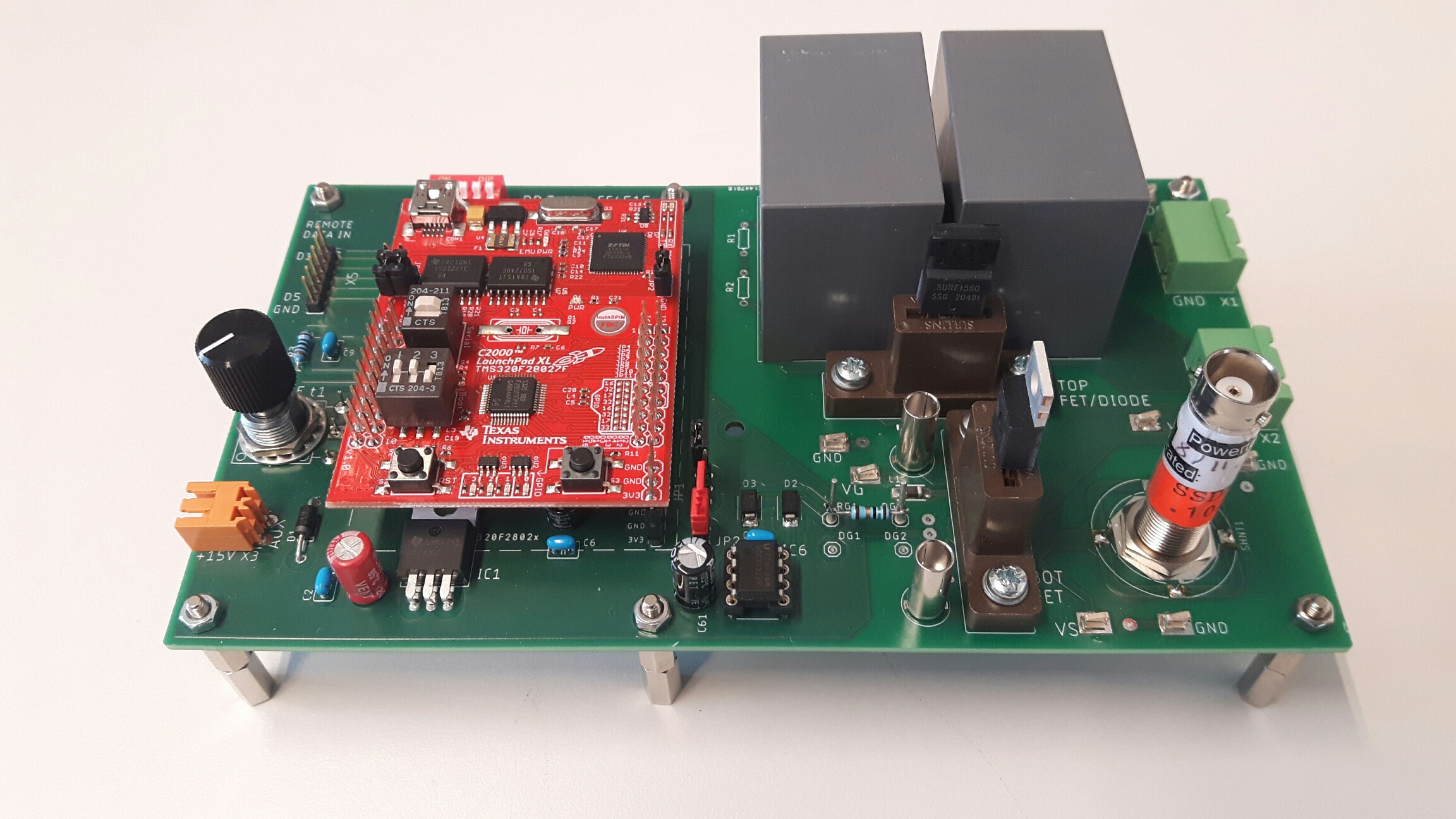Contact private Contact work related
Biography | Bart Roodenburg was born on December 3rd 1968 in Vlaardingen. In 1988 he started his study Electrical Engineering at the R.-K. Technische Hogeschool Rijswijk, where he received the B. Eng. degree in 1992. From 1992 to 2000 he was employed in industry at Holec and HMA in Ridderkerk. In 2000 he started at the Delft University of Technology as researcher and later as technician. He worked on various projects regarding power electronics. From 2007 to 2011 he worked part-time on a doctoral research project, called: Pulsed electric field treatment in closed food containers. After finishing his PhD he became a tutor for undergraduate students and works on various (industrial and research) projects at the Delft University of Technology. One of his favourite sports is cycling.

Thesis 2007..2011 | "Pulsed Electric Field treatment of packaged food" (ISBN 978-90-5335-475-9) - Food manufacturers are looking for new preservation techniques that don't influence the fresh-like characteristics of products. Non-thermal pasteurisation of food with Pulsed Electric Fields (often referred to as PEF) is an emerging technology, where the change of the food (e.g. in taste) is less than with thermal pasteurisation. With this method, pasteurisation is realised by electroporation of bacterial membranes, which prolong the shelf-life of the product with less energy. Existing PEF treatment is based on the application of the electric field prior to packaging. To avoid re-contamination of the product during packaging, it is packed aseptically (i.e. sterile) afterwards. The goal of this research is to determine whether it is technologically possible to generate enough electric field in food that is already packed. This will make aseptic packaging machines superfluous. >> Read more? See links below. <<
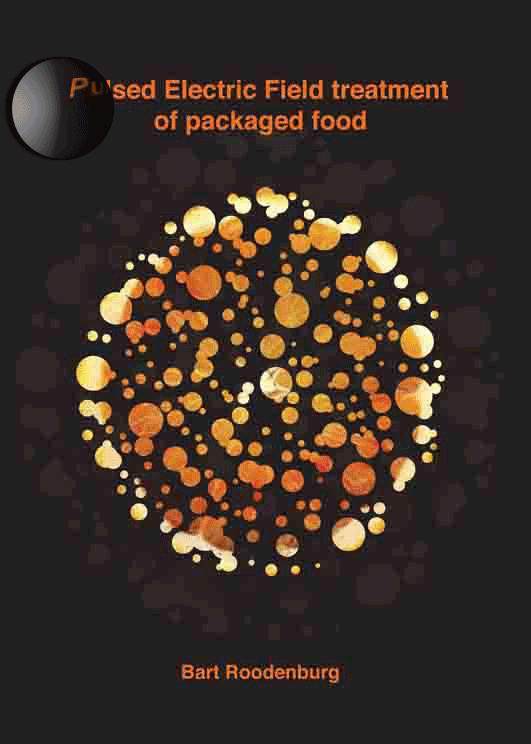
Master practical PEC 2014..2019 | "Power Electronic Components EE4145" is a hands-on course in the so-called Power-track of EE (Electrical Engineering) of the Delft University of Technology. The students design and build their own inductor, which is later on used in a boost converter. This boost ccnverter can be equipped with different component types, such as a Mosfet and IGBT. Or fast and slow diodes, to investigate the reverse-recovery behaviour. Who will get the highest efficiency? The in total 16 hours practical ends with a presentation of their work together with all other group members. To avoid that all final presenations are the same, the last 6 hours of the practical are different per group. During these so-called specialisation sessions the students investigate their specific field of interest in Power Electronics, which can be: Cooling, Switching behaviour, Current Measurement, Heatsink Modeling, or a self-defined subject related to the investigated boost converter.
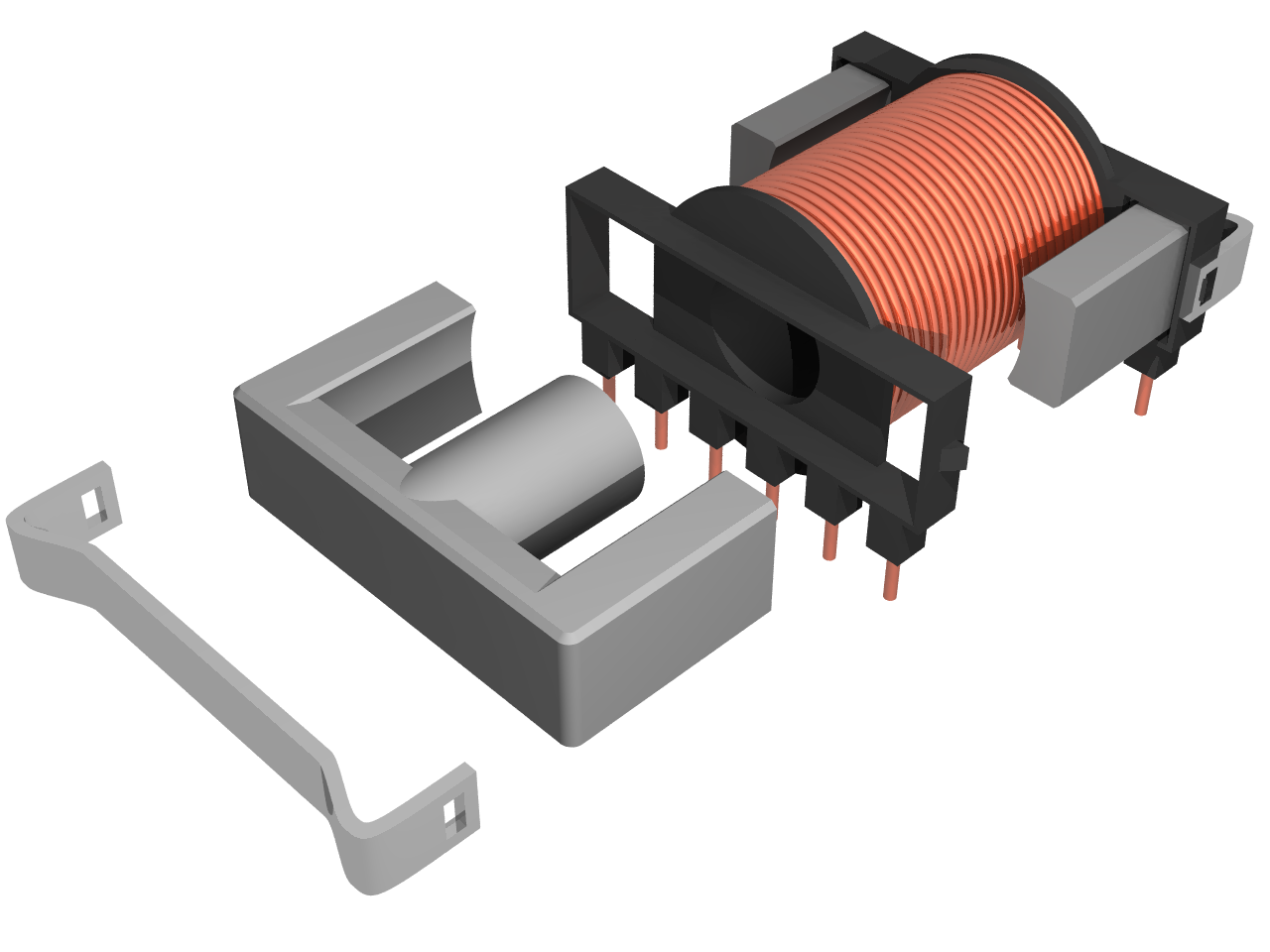
WP(D)T 2019 | "Wireless Power and Data Transfer". Due to several benefits (such as: no cables, galvanically isolated, no corroded contacts, etc.), Wireless Power Transfer (WPT) has become more and more popular for charging of devices or transferring power in general. Besides power transfer, most transmitters and receivers also interchange data. In a charging system, for example, the state-of-charge of the battery is send to the transmitter. Nowadays, this communication is typically done by techniques, such as Bluetooth, WiFi or with Power Line Communication (PLC). To establish rigid data transfer in harsh EM-environments, with multiple users, and several suppliers of WPT technologies is challenging. The here introduced magnetic structure is able to transfer power and data simultaneously. Both based on the principle of magnetic coupling. >> Read more? See the link below. <<
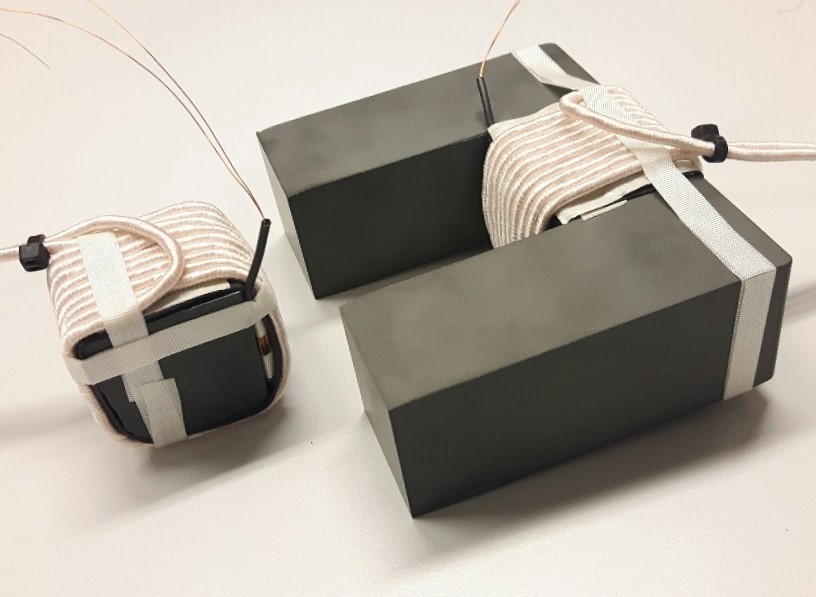
LTH (or LTV) 2019..now | "Low Temperature Heating (LTH or "LTV" in Dutch) is almost equal to ordinary heating; you heat your house as usual with radiators, floor heating or wall heating. Only the temperature of the inlet water that flows through your radiators is significantly lower, typically between 30..50 degrees Celsius (Actual inlet temp.:30.3°C and outlet temp.:20.9°C). Due to the lower temperature, the system needs a larger surface area to be able to release sufficient heat. Floor heating and wall heating are "made" for this. Our neighborhood (which consists of 138 houses) is equipped with a so-called heat-cold storage system (a WKO system: "Warmte en Koude Opslag" in Dutch). This system uses the heat stored in the summer in winter and vice versa. To get a better understanding of such a system that behaves differently compared to gas heated houses, I have started to collect temperature data (and light in-flux data) of our system as from October 2019. Via the link, the last logged 24 hours can be displayed. >> Read more or visit the data logger? See links below. <<
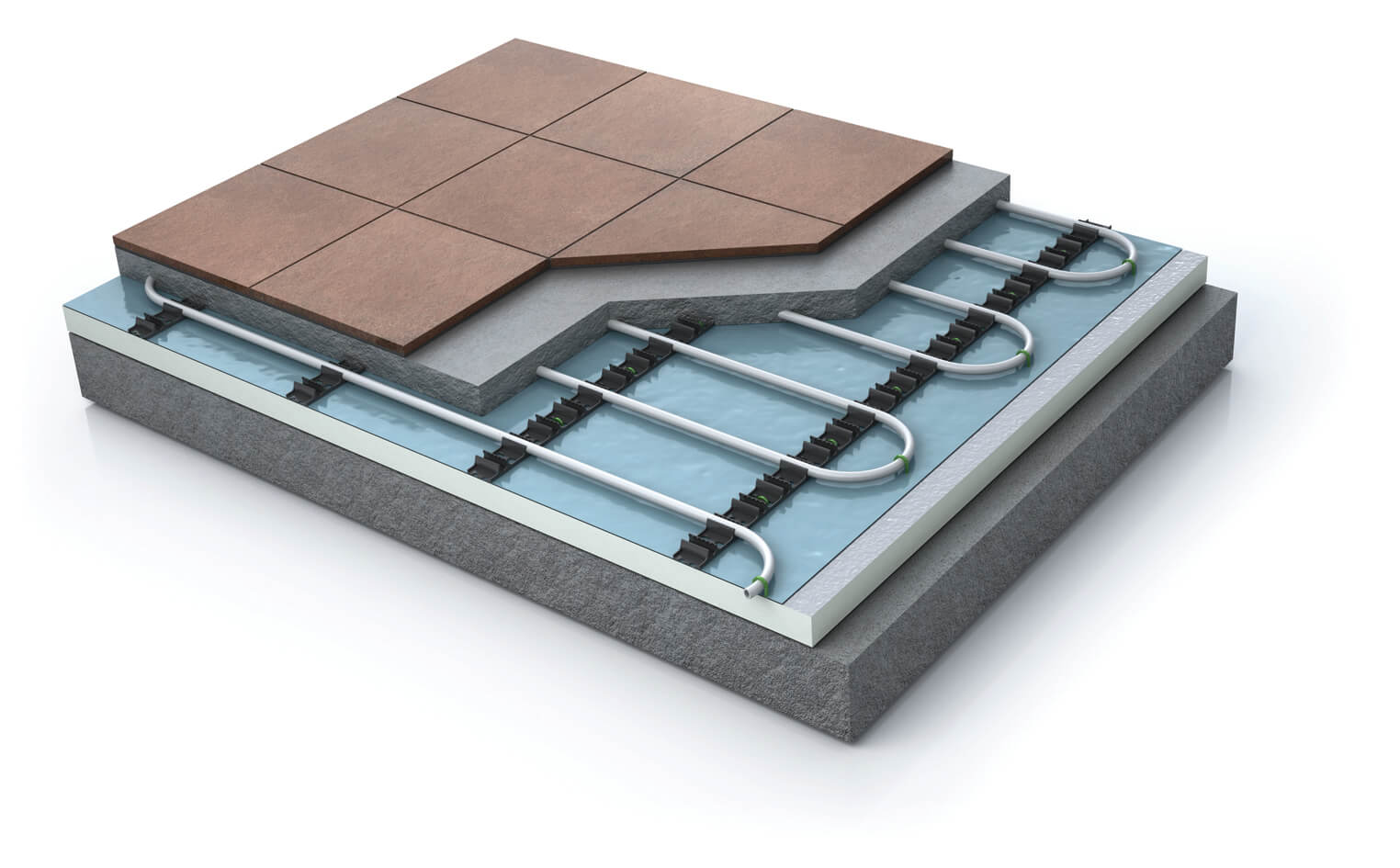
How to measure outdoor temperature? 2019..now | To get accurate outdoor temperature readings, you need to place your temperature sensor in the optimal location. Important aspects that affects the readings are: 1) the mounting height of the sensor, typically 1.5m above ground level. 2) distance from buildings, typically the sensor should be placed four times the height of the building away. 3) place the sensor in a shady location, this will avoid too high readings caused by direct sunlight. 4) ensure a good air flow around the sensor, this will give a good response on sudden changes. Unfortunately in most cases, ideal sensor placement isn’t possible. E.g. you simply don’t have enough space around your house. Considering the four mentioned aspect above, I want to investigate the accuracy of readings from a sensor that’s placed in the fresh air-inlet of my house (6.6°C). Most modern city houses has such an inlet. Since now only the aspect 3) and 4) are ensured, I have been started a comparison of my measurement data at 2019-12-05 with two meteorology stations (from KNMI). The first station is Hook of Holland (close to the sea), which is located 10 km away (7.4°C), and the second one, Rotterdam airport (located in the polder) 14 km away (6.5°C). >> For measurement data as function of time use the links below. For other dates, easily change the date in the URL. <<

RF-link for sensors 2020 | For data logging systems the sensor cannot always have a wired connection with the logger. So transferring sensor data, which is often a voltage, via a 433 MHz RF data link is the main goal of this project. A second goal is; use only hardware at the sensor side, thus no software and μController. Typical specifications for this set-up are: single 9Vdc supply // 5V, 3V3 and V-ref on-board power supplies // RF-Linx chip set // 200m range at 1mW // 8 bits resolution // simple RC adjustable sample time // adjustable sensor sensitivity // sensor mimicking for commissioning purposes. >> For more information see the link below <<
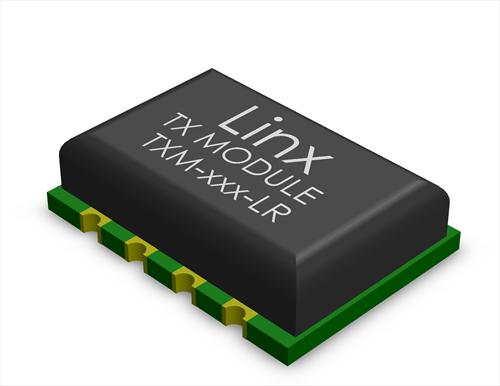
Remote practical 2020..2023 | For Advanced Power Electronics EE4515 a course in the so-called Power-track of EE (Electrical Engineering) of the Delft University of Technology a remote Double-Pulse Test (DPT) practical has been developed. The students will be introduced to a simplified half-bridge DPT configuration. In general DPT has many benefits, however the most valuable one is that future Power Electronic engineers (the students of this course) are able to test their developed power electronics under worst-case conditions. Mainly to reduce the risk of later unforeseen problems. Due to Covid-19, the developed set-up should be capable to be used as onsite as well as online variant. >> For more information see the link below. <<
